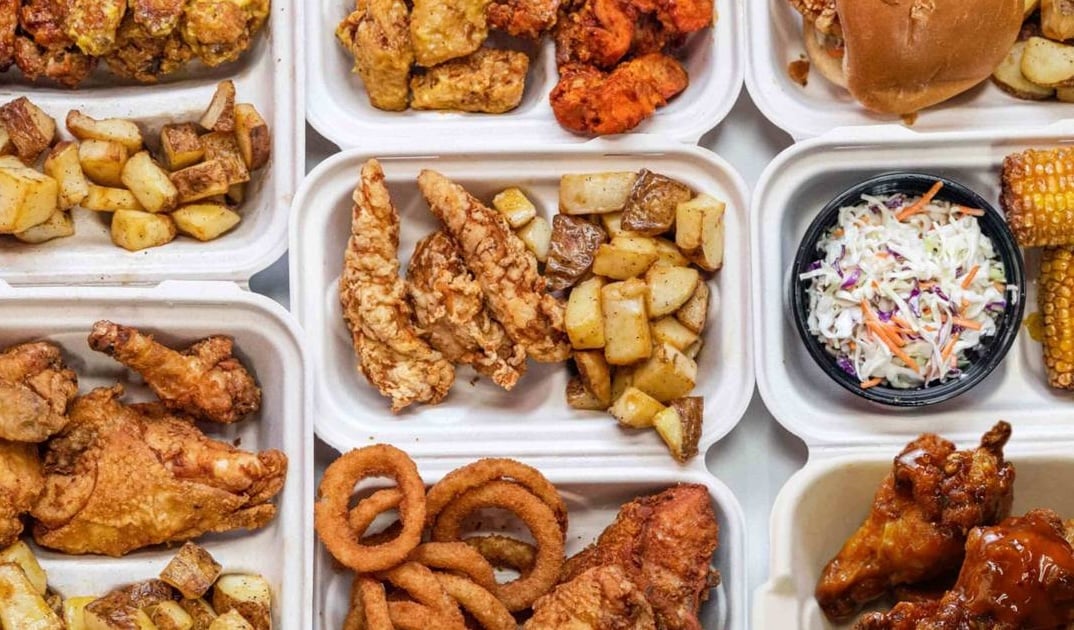Another ride-hailing service has entered the delivery game. On Tuesday, Lyft announced it will start using its drivers to deliver food from restaurants through a partnership with digital ordering and delivery facilitating platform Olo.
Olo works with more than 500 restaurant brands, like Denny’s, Five Guys, and Qdoba. Many utilize Olo’s Dispatch product, which facilitates on-demand delivery for orders generated through restaurants’ own website and apps. Restaurant operators can choose preferred delivery providers as well as set delivery parameters, like max transit time and delivery fee limits. Customers are then matched with the best available courier based on the assigned delivery rules.
“Olo’s automated matching technology enables restaurants to get food out the door and into the hands of the guest faster and in the most cost-efficient way,” says Shalin Sheth, VP and GM of Dispatch for Olo.
Olo’s food delivery network includes more than two dozen providers, among them the three biggest, UberEats, Grubhub, and DoorDash. And here’s where things get interesting for restaurant operators — unlike the major players, Lyft won’t be offering a consumer-facing marketplace.
What the partnership could mean for restaurant operators
A new competitor in the food delivery space is already bound to drive more competitive pricing.
“With Dispatch, we help our customers enable delivery on their owned channels,” said Shalin Sheth, VP and GM of Dispatch for Olo in a press release. “The addition of Lyft to the Dispatch network not only expands delivery coverage for our brands, but drives competitive pricing at the benefit of guests and brands alike.”
Lyft has no plans to operate a consumer-facing marketplace, and it isn’t charging restaurants on commission. Instead, Lyft seeks solely to be a last-mile provider and will collect a delivery fee from the consumer on each order. Each time a customer orders delivery, the order details will be sent to Lyft, and Lyft will return a price based on the time and distance it takes the driver to deliver the food.
“This is typically very seamless, and sometimes automated based on business rules,” says Eric Smith, Lyft’s senior manager of corporate communications. “Merchants can choose to subsidize or pass on the delivery cost.”
The plan is to enable brands and restaurants to keep their data and control costs, while undercutting prices of other third-party platforms. This has the potential to fuel an added competitive decrease in commission fees among providers who charge them, like UberEats, which currently takes as much as 30% per order.
“As a transportation-focused company, we aren't interested in building consumer-facing marketplaces for groceries or food, but we can add real value in delivery both for drivers and partners via Dispatch's frictionless process and the scaled national network of drivers on Lyft's platform,” said Justin Paris, head of Lyft delivery, in a press release.
On the customer side, more delivery operators in the space is likely to mean faster delivery times, which is always a win for restaurants.
Lyft delivery is currently operating in about 25 markets and is expected to expand quickly.
“We are, however, selective in ensuring we are working with brands that are committed to high quality operations and a positive driver experience,” says Smith.




